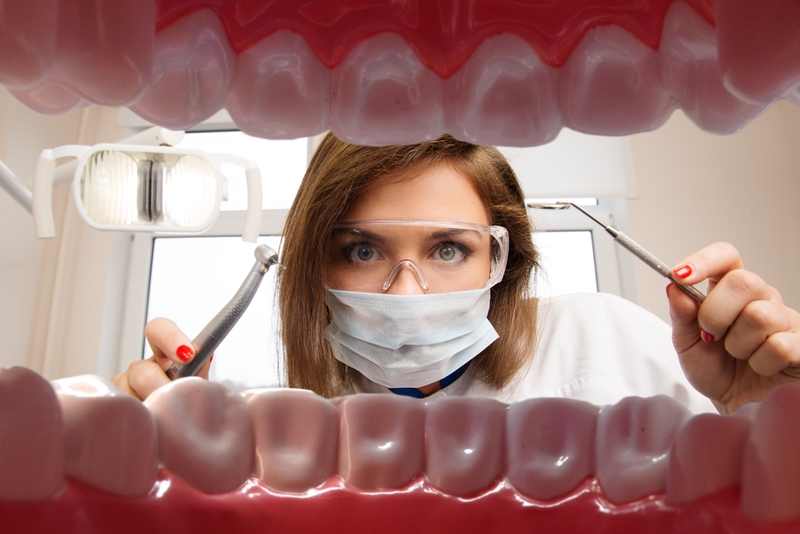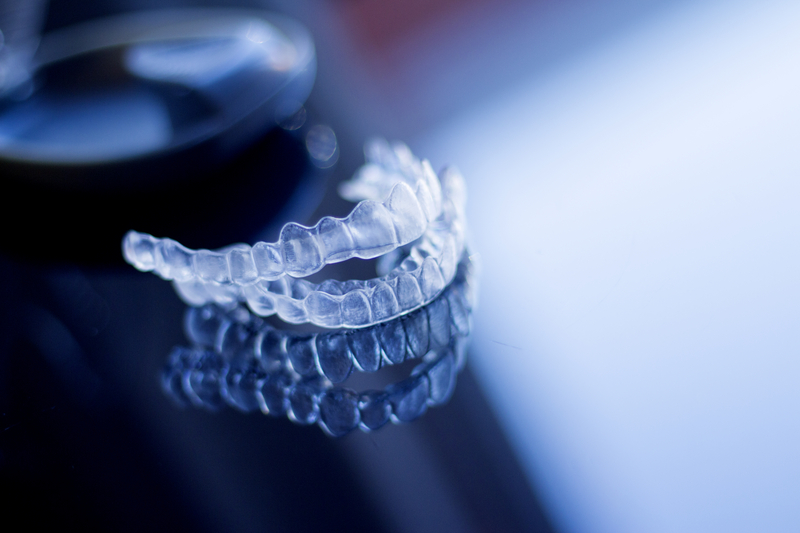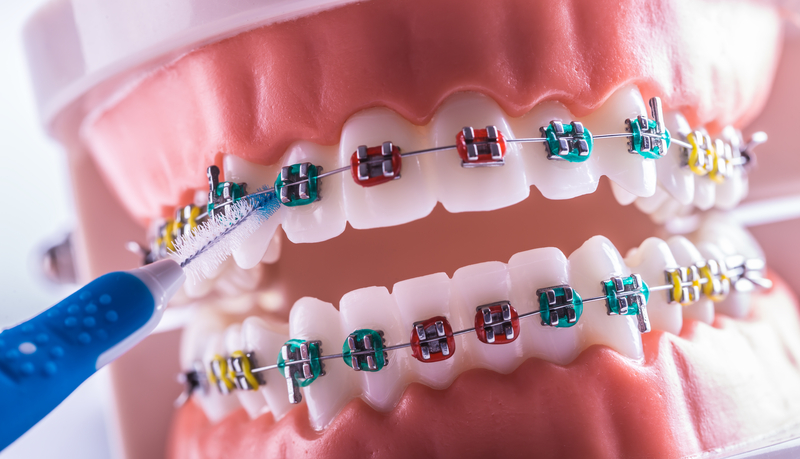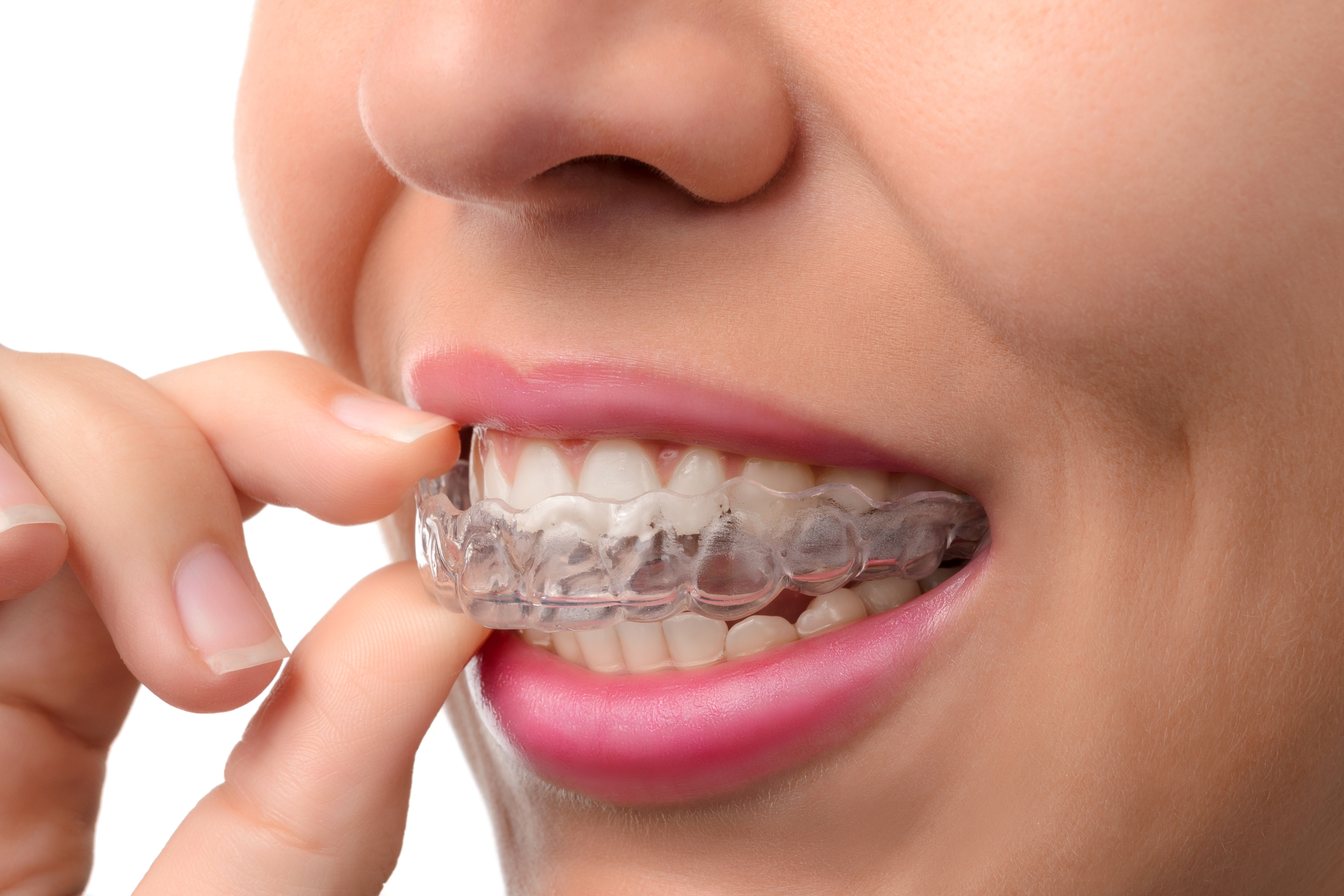Subtotal $0.00
Teen Orthodontics: A Parent’s Complete Guide
Teen Orthodontics: A Parent’s Complete Guide Key Takeaways The teenage years offer a unique biological advantage for orthodontic treatment— during adolescence, the jaw is still developing and teeth are more responsive to movement, making treatment faster and more efficient than it would be in adulthood, often
READ MORE










